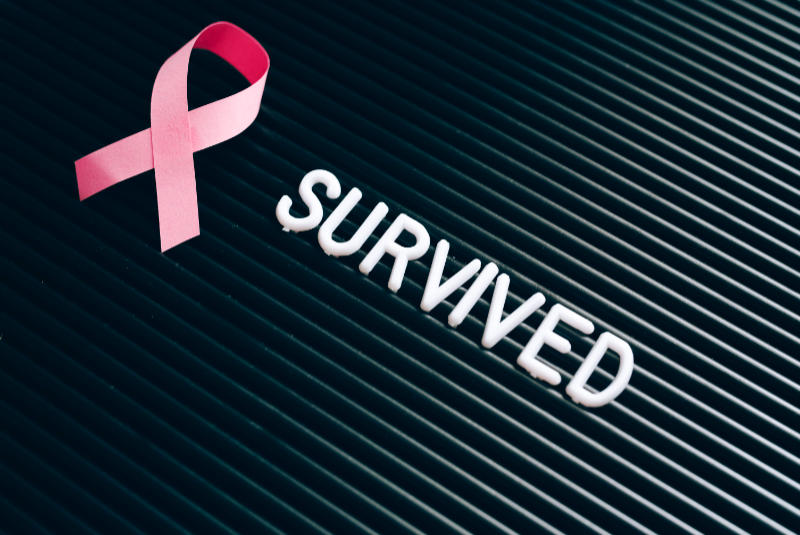by The American Heart Association
 DALLAS
DALLAS – Powerful players in music, entertainment, fashion and philanthropy joined the American Heart Association, the world’s leading nonprofit organization focused on heart and brain health for all, to celebrate progress towards health equity, while calling for a renewed commitment to investing in women’s heart health in a fashion-forward, musical kickoff to
American Heart Month.
The Red Dress Collection® Concert—hosted this year from the Appel Room at Jazz at Lincoln Center in New York City—serves as the American Heart Association’s
Go Red for Women national marquee event. Every year, it builds on the iconic tradition of the Red Dress Collection fashion show founded by the National Heart, Lung, and Blood Institute’s The Heart Truth® program, adding musical performances and personal stories of those affected by heart disease and stroke. This year, the event kicks off both American Heart Month, commemorated every February, as well as the Association’s centennial celebration, marking 100 years of service saving and improving lives, and positioning the Association as a change agent for generations to come.
Host Sherri Shepherd wore Ganni on the red carpet and Harbison on the runway. The Daytime Emmy Award-winning talk show host, comedian, actress, and best-selling author began the event by sharing her own connection with cardiovascular disease and spotlighting survivors and women’s health champions in attendance, before introducing the evening’s opening entertainment, GRAMMY-nominated country music star, Mickey Guyton.
The country trailblazer wore Sergio Hudson on the red carpet and Monetre on the runway. Wearing custom RC Caylan for her performance, she opened with “My Side of Country,” and performed hits “Something About You,” “Make It Me,” and “Flowers.”
This year’s concert was headlined by Award-winning musician, actor, advocate and New York Times best-selling author Demi Lovato. The Grammy-nominated artist was introduced on stage by Damar Hamlin, cardiac arrest survivor, Buffalo Bills safety and American Heart Association national ambassador for the Nation of Lifesavers™. The 25-year-old experienced his sudden cardiac arrest on the NFL football field last year and now uses his platform to raise awareness of the need for CPR and AEDs.
Lovato wore a Nicole + Felicia Couture custom gown on the red carpet, and performed wearing a custom Michael Ngo suit. The set started with Lovato singing chart-topper, “Confident,” and continued with hits “Give Your Heart a Break,” “Tell Me You Love Me,” “Sorry Not Sorry,” “Anyone,” “Neon Lights,” “No Promises,” “Skyscraper,” “Heart Attack,” and closed the evening with “Cool for the Summer” alongside all of the Red Dress Collection Concert participants.
Holding true to the Red Dress Collection’s origin in fashion, red haute couture moments were served throughout the show, reclaiming the power of sisterhood and community against the No. 1 killer of women, cardiovascular disease.
Other stars of stage and screen lending their support to the event included: Ana Navarro-Cárdenas (Co-host of ABC’s The View and CNN political commentator) wearing Alexander by Daymor, Bellamy Young (actor, singer and producer; Scandal) wearing Gustavo Cadile on the red carpet and Sachin & Babi on the runway, Brandi Rhodes (Pro wrestling star and founder of Naked Mind Yoga + Pilates) wearing Do Long, Brianne Howey (actress and mother, Ginny & Georgia) wearing Reem Acra, Dominique Jackson (model, actress, author and star of FX's Pose) wearing Coral Castillo, Francia Raísa (actress & entrepreneur) wearing Goddess Exclusive on the red carpet and Maria Lucia Hohan on the runway, Heather Dubrow (actress, author, podcast host and TV personality on Real Housewives of OC) wearing Gattinolli by Marwan on the red carpet and Pamella Roland on the runway, Katherine McNamara (award winning actor, singer, writer, and producer) wearing Mikael D, Madison Marsh (Active Duty Air Force Officer - Second Lieutenant and Miss America 2024) wearing Jovani, Mira Sorvino (Academy Award-winning actress and human rights advocate, Shining Vale and Romy and Michele’s High School Reunion) wearing Dolce and Gabbana, Richa Moorjani (actress and activist, star of Netflix’s Never Have I Ever) wearing Oscar de la Renta, Samira Wiley (Emmy winner for The Handmaid's Tale and producer) wearing Le Thanh Hoa, and Yvonne Orji (actress, comedienne, author; known for the TV show Insecure) wearing House of Emil on the red carpet and Jovana Louis on the runway.
As part of its commitment to supporting women and women's health, KISS USA is proud to support the American Heart Association’s Go Red for Women movement, and the Red Dress Collection Concert.
The Go Red for Women movement, sponsored nationally by CVS Health, exists to increase women’s heart health awareness, and serves as a catalyst for change in the drive to improve the lives of all women. Find resources to support women’s heart health at every age, through every stage of life at GoRedforWomen.org.
 by Paul Arco
by Paul Arco









 DALLAS – Powerful players in music, entertainment, fashion and philanthropy joined the American Heart Association, the world’s leading nonprofit organization focused on heart and brain health for all, to celebrate progress towards health equity, while calling for a renewed commitment to investing in women’s heart health in a fashion-forward, musical kickoff to
DALLAS – Powerful players in music, entertainment, fashion and philanthropy joined the American Heart Association, the world’s leading nonprofit organization focused on heart and brain health for all, to celebrate progress towards health equity, while calling for a renewed commitment to investing in women’s heart health in a fashion-forward, musical kickoff to 






